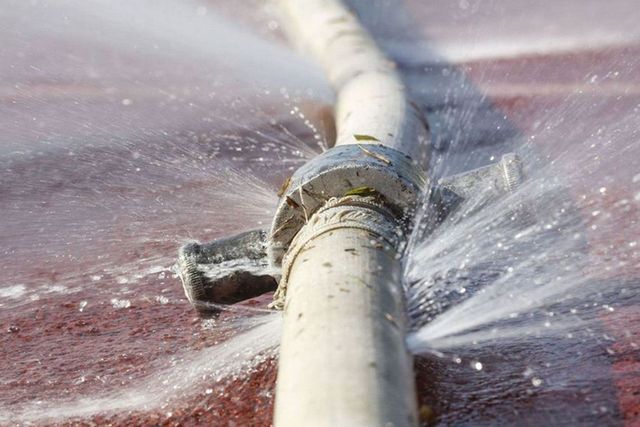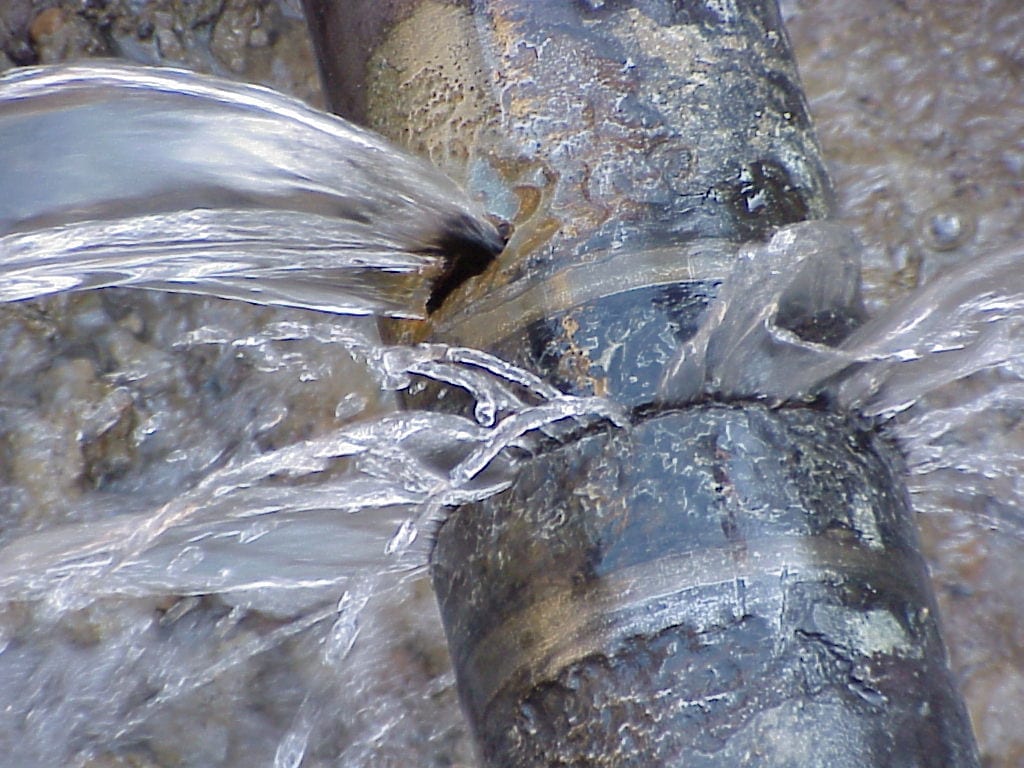Burst Pipe Insurance Claims: What You Need to Know for Water Damage Coverage
Burst Pipe Insurance Claims: What You Need to Know for Water Damage Coverage
Blog Article
Protecting Against Ruptured Pipes: Vital Tips to Shield Your Plumbing
Avoiding burst pipes is a crucial problem for house owners, especially during colder months when the danger of cold is increased. Executing critical steps such as correct insulation, routine examinations, and preserving consistent interior temperature levels can substantially decrease the probability of pipe failure.
Understand Pipeline Vulnerabilities
Comprehending pipe vulnerabilities is necessary for effective plumbing maintenance and preventing expensive damages. Numerous factors contribute to the vulnerability of pipes to ruptureds, including product structure, age, and ecological conditions. Older pipelines, specifically those made from galvanized steel or polybutylene, typically weaken in time, bring about boosted danger of leakages and tears.
Temperature level changes can additionally significantly impact pipeline stability. In colder climates, water trapped in pipes can ice up, expanding and applying pressure on the pipe wall surfaces, which may ultimately cause a ruptured. High water stress can strain pipes, especially at bends and joints, enhancing the chance of failure.

Insulate Water Lines Effectively
Proper insulation of pipes is essential for stopping cold and subsequent ruptureds throughout chilly weather (burst pipe). Shielding your plumbing system properly safeguards against temperature drops that can cause pricey damage. Begin by determining vulnerable locations where pipelines are subjected to outside temperature levels, such as cellars, attic rooms, and exterior wall surfaces
Usage foam pipeline insulation sleeves or wrap insulation tape around these locations to offer a protective obstacle. Make certain that all areas of the pipelines, specifically those with minimal warmth direct exposure, get sufficient insulation. Pay unique interest to joints and fittings, as these are more prone to cold.
When shielding, it's important to pick products that meet local building regulations and are appropriate for the specific setting. For circumstances, fiberglass insulation is often suggested for its thermal resistance residential properties - burst pipe. Furthermore, consider utilizing warmth cable televisions or tape in extreme conditions, which can be connected in to supply extra warmth
Consistently check protected pipes for any kind of indications of wear or damage, as compromised insulation can diminish its performance. By taking these aggressive procedures, you significantly minimize the risk of pipeline bursts, making certain a dependable plumbing system throughout the cold weather.
Maintain Constant Temperature
A steady interior temperature level is vital for protecting against burst pipelines during the cold months. When temperature levels decrease, water within pipelines can ice up, broadening and creating pressure that might inevitably trigger the pipelines to ruptured.Making use of a programmable thermostat can aid manage interior temperature levels efficiently, making sure that areas with pipes remain warm even when the residence is unoccupied.
This small circulation of water can protect against cold by relieving pressure within the pipelines. By carrying out these techniques, homeowners can significantly lower the threat of pipe ruptureds and secure their plumbing systems versus the harsh winter season components.
Routinely Evaluate Pipes
Regular inspections of pipes systems are crucial for preventing ruptured pipes and maintaining total home integrity. Routine checks allow home owners to recognize possible concerns prior to they intensify into expensive repair work or significant water damages. Throughout these evaluations, it is necessary to analyze noticeable pipelines for indications of rust, leaks, or put on. Pay special attention to areas prone to freezing, such as cellars, attics, and exterior wall surfaces.
Furthermore, examining joints and links is vital, as these factors are typically at look what i found risk to leakages. Home owners need to likewise analyze water pressure degrees, as too much pressure can stress the pipes system and boost the danger of pipeline bursts.
Take into consideration organizing specialist pipes evaluations at the very least as soon as a year, especially before winter season, to guarantee your system is prepared for chillier temperatures. By being aggressive in your technique, you can guard your home versus the costly and turbulent repercussions of ruptured pipelines.
Know Emergency Treatments
Comprehending emergency situation procedures is important for every home owner, especially after conducting regular pipes inspections. Being prepared for a plumbing emergency can substantially mitigate damages and save expenses.
Next, keep essential tools useful. A pipes emergency kit must consist of a wrench, bettor, and towels, in addition to a flashlight and visit this site right here a bucket for small leakages. In addition, take into consideration having the contact details for a trusted plumbing professional easily available, must the situation intensify past your control.
If you spot a leakage or ruptured pipe, right away turn off the water and inform your plumbing professional. Furthermore, record the damage with photographs for insurance purposes. burst pipe. Know the signs of prospective plumbing issues, such as unusual water stress fluctuations or damp spots on walls
Ultimately, proactive knowledge and quick activity are critical in managing plumbing emergencies, ensuring your home remains secured and minimizing prospective damage.

Verdict
To conclude, stopping burst pipelines necessitates a multifaceted technique that consists of understanding pipe vulnerabilities, correct insulation, maintaining constant indoor temperatures, normal evaluations, and knowledge of emergency treatments. By carrying out these necessary approaches, the danger of pipes failings can be dramatically minimized, thus guaranteeing the durability and effectiveness of the plumbing system. Aggressive actions not only safeguard against prospective damage yet additionally contribute to overall water preservation and the security of residential or commercial property.
In chillier climates, water caught in pipes can freeze, expanding and putting in pressure on the pipe wall surfaces, which may eventually lead to a ruptured. When temperatures decrease, water within pipelines can freeze, broadening and creating pressure that might inevitably create the pipes to burst. By executing these approaches, home owners can dramatically lower the danger of pipeline bursts and guard their pipes systems versus the severe winter components.

Report this page